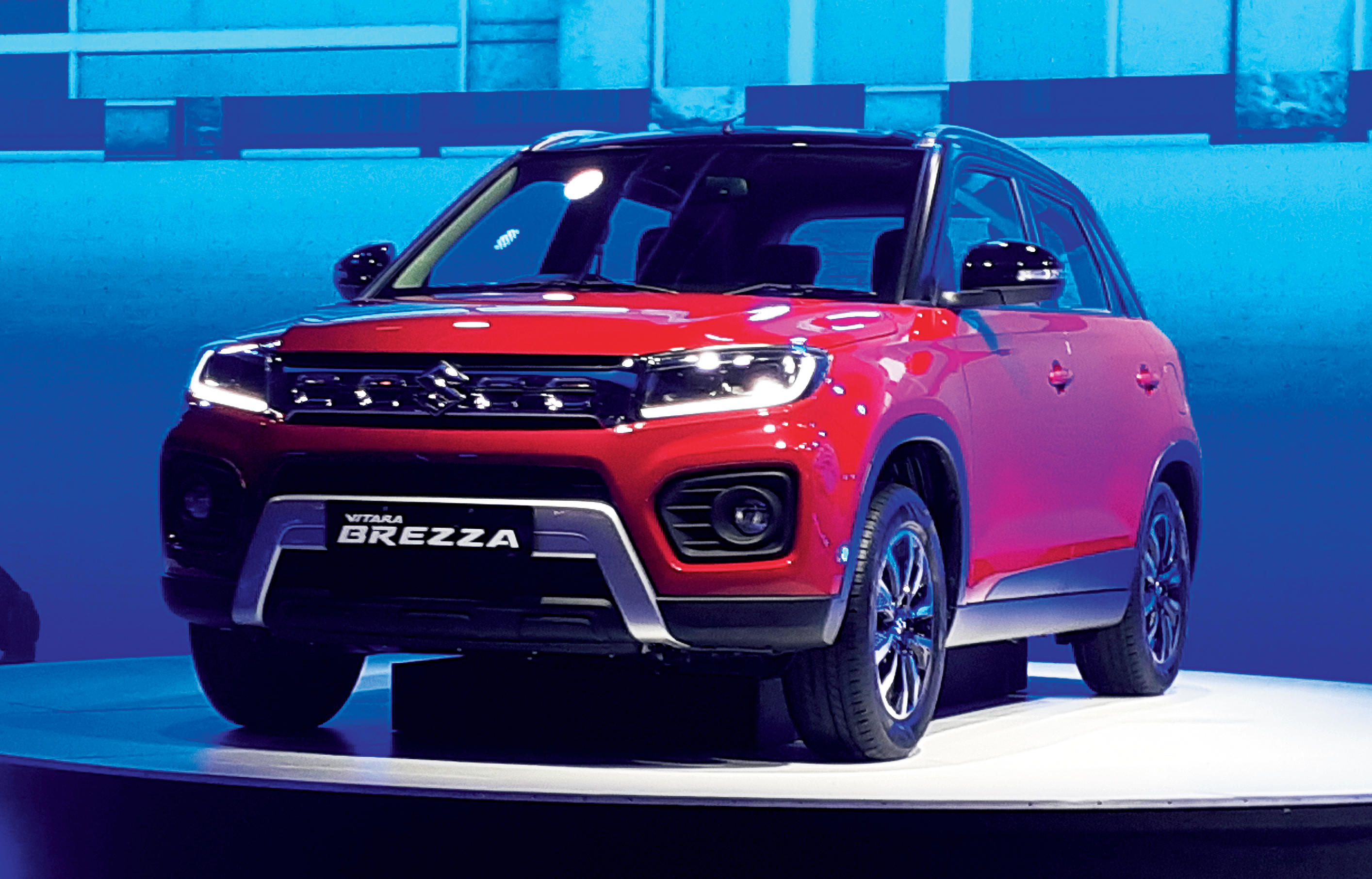How will you be going from one place to another in the months and years ahead? Auto Expo 2020, the latest edition of the two-yearly automobile show that is held now in Greater Noida and New Delhi, had quite a few pointers. For one, this edition, more than any in the past, is less about just driving or being driven and more about moving people and goods, mostly in urban areas but also beyond them. Some of the trends continue from the past but are stronger now. Others are just making their appearance on the Indian firmament. Here we look at five of the trends.

Hyundai’s new Creta
SUVs & MUVs
This trend has been getting stronger and stronger over the years and this time around, barring all of four of the unveilings or launches, it was SUVs and MUVs all the way. Even the concepts that are yet to make it to production were those of SUVs — think Maruti Suzuki Futuro-e, Tata Sierra, Volkswagen ID.Crozz (a coupe SUV) and Mahindra Funster (a convertible SUV)!
Quite a few of them should be hitting the market this year. Hyundai, with the new Tucson and the new Creta, would be off the blocks next month. These two would smoothe the respective models’ transition into the BS VI era. Skoda and Volkswagen would be launching their Vision IN and Taigun in a slot that should be between the compact SUVs such as the Tata Nexon and the bigger Hyundai Creta. Maruti Suzuki unveiled the latest version of its Vitara Brezza with a 1.5-litre petrol engine and a visual update that includes a revised grille and light clusters.
Tata Motors HBX concept, which is built on its Alpha ARC platform, the same one that underpins the Altroz, is likely to slot in below the Nexon in the company’s SUV portfolio. Built in sheet metal, it looks pretty close to production and is supposed to come with the same engines as the Altroz hatchback, but maybe in a slightly different state of tune. Concepts were also shown by Great Wall Motors and MG in varying sizes. So, for all practical purposes, it seems it’s SUVs that our next vehicles are going to be.
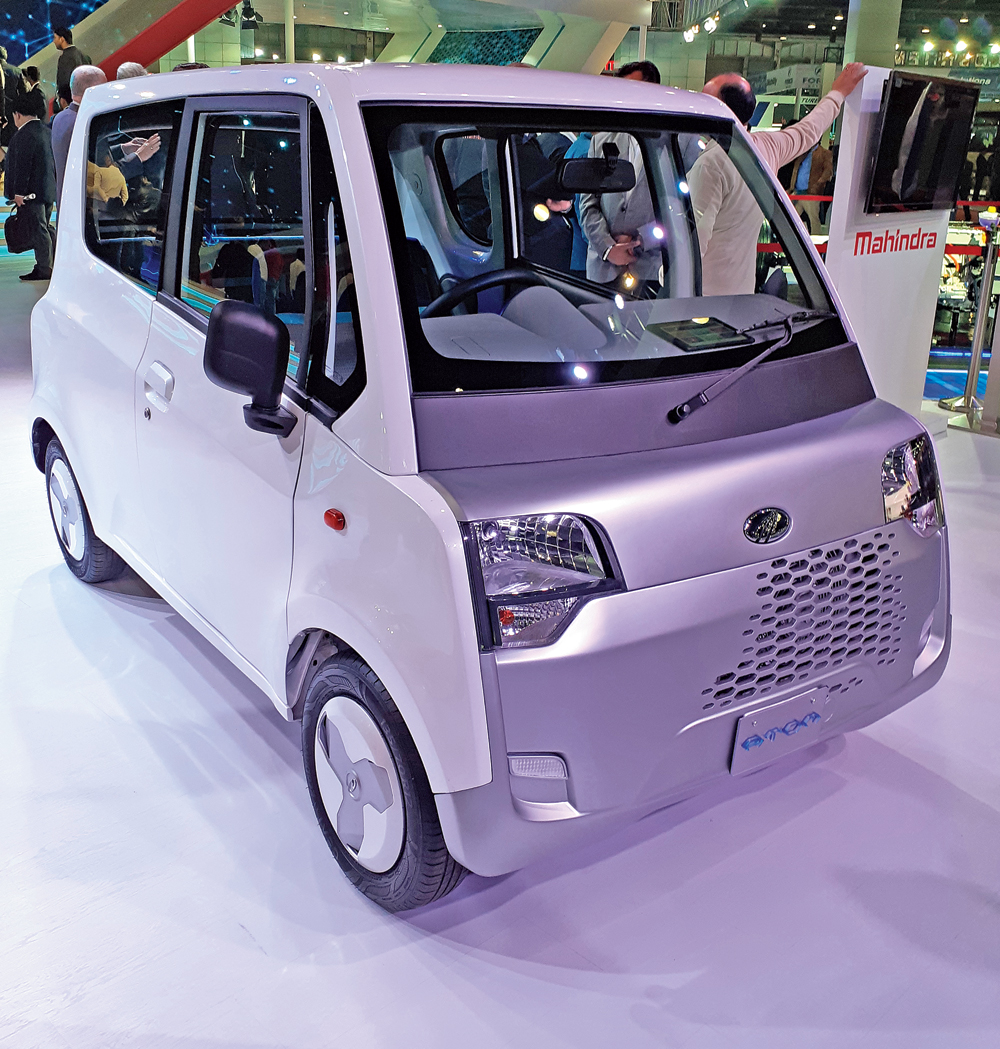
Mahindra Atom
SHARED AND GREEN VEHICLES
Tata Motors, Mahindra & Mahindra and other electric vehicle makers seem to think that in future, particularly with electric vehicles gaining greater traction in the market, there would be an emphasis on shared services. Shared vehicles are seen as clean, especially electrics, as they would reduce emissions significantly by keeping more cars off the road.
Also, there is this feeling that EVs, because of their comparatively frequent charging needs, would work well in vehicles plying predictable routes or in limited areas if their prices are to be kept economical to encourage their adoption. So we have the tiny Mahindra Atom, which can carry three plus driver and some luggage, to people carriers like electric buses from Force Motors.
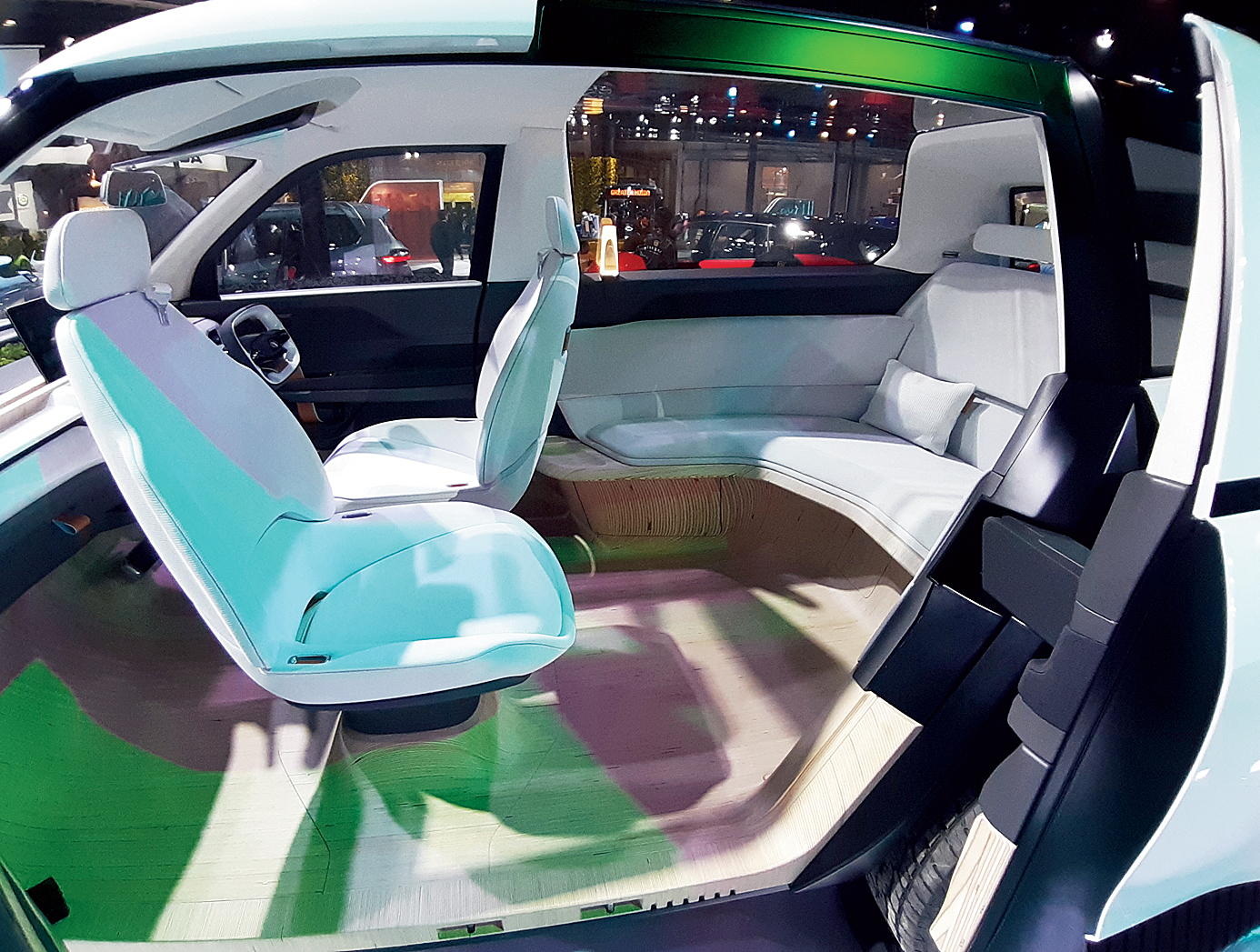
Tata Sierra
AUTONOMOUS DRIVING
It could be somewhere in a mid-distant future in India but a number of car companies have acknowledged that the driver might be a vanishing breed in the way they have built the concept cars on display at the show. Among such companies at the show are Renault, Tata Motors and MG. Their concepts have seat configurations where the front and rear seat passengers sit facing each other in a lounge sort of way, which could possibly leave the car to drive to their destination on its own. Of course, the Sierra still has a front-facing driver’s seat but the in the others they were kept turned the other way.
In India, we are yet to get government approval for autonomous cars and certainly do not have the necessary infrastructure. Still, the way things are moving globally, a few places could move into that space sooner than we think.
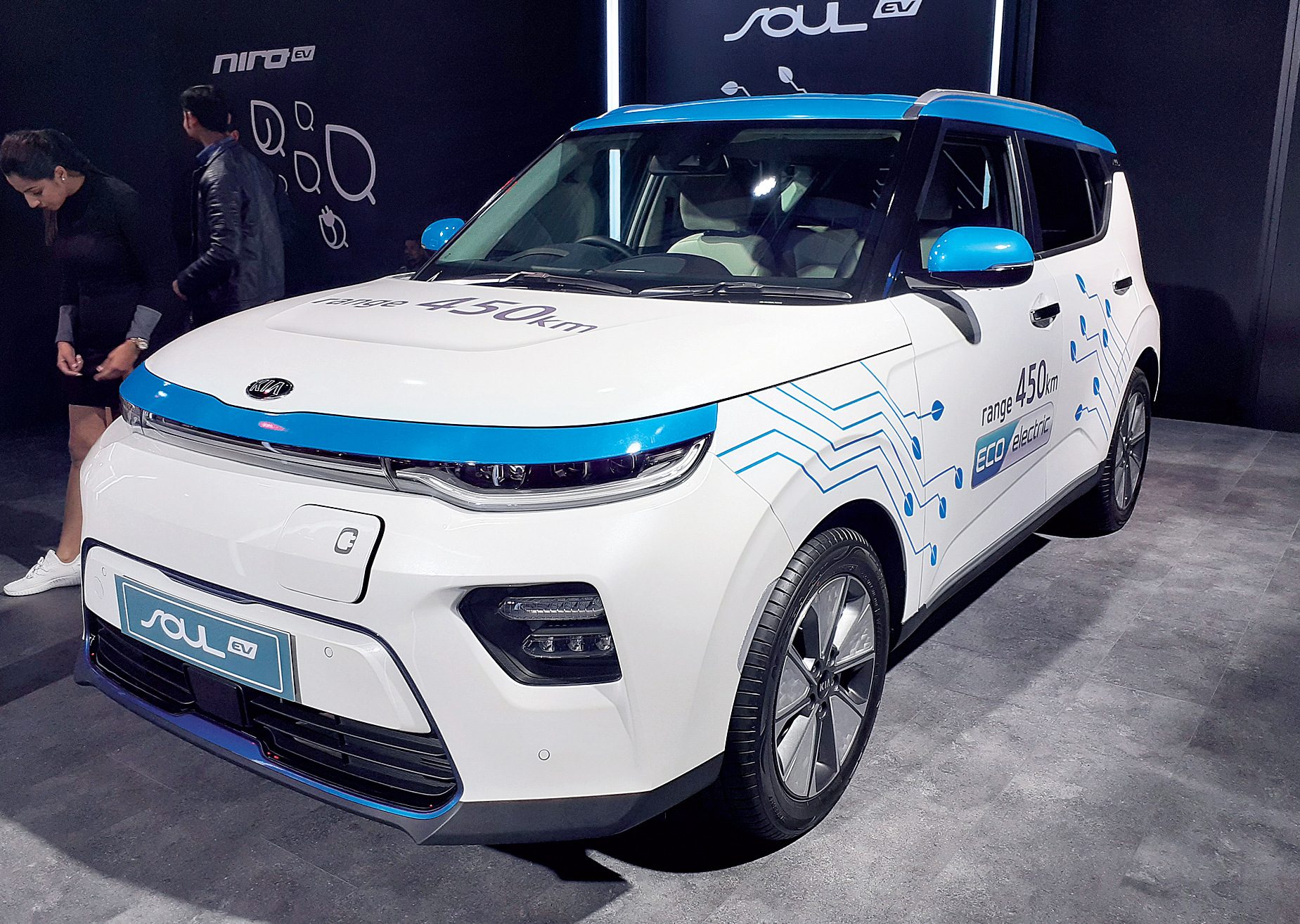
Kia Soul

Tata Altroz EV
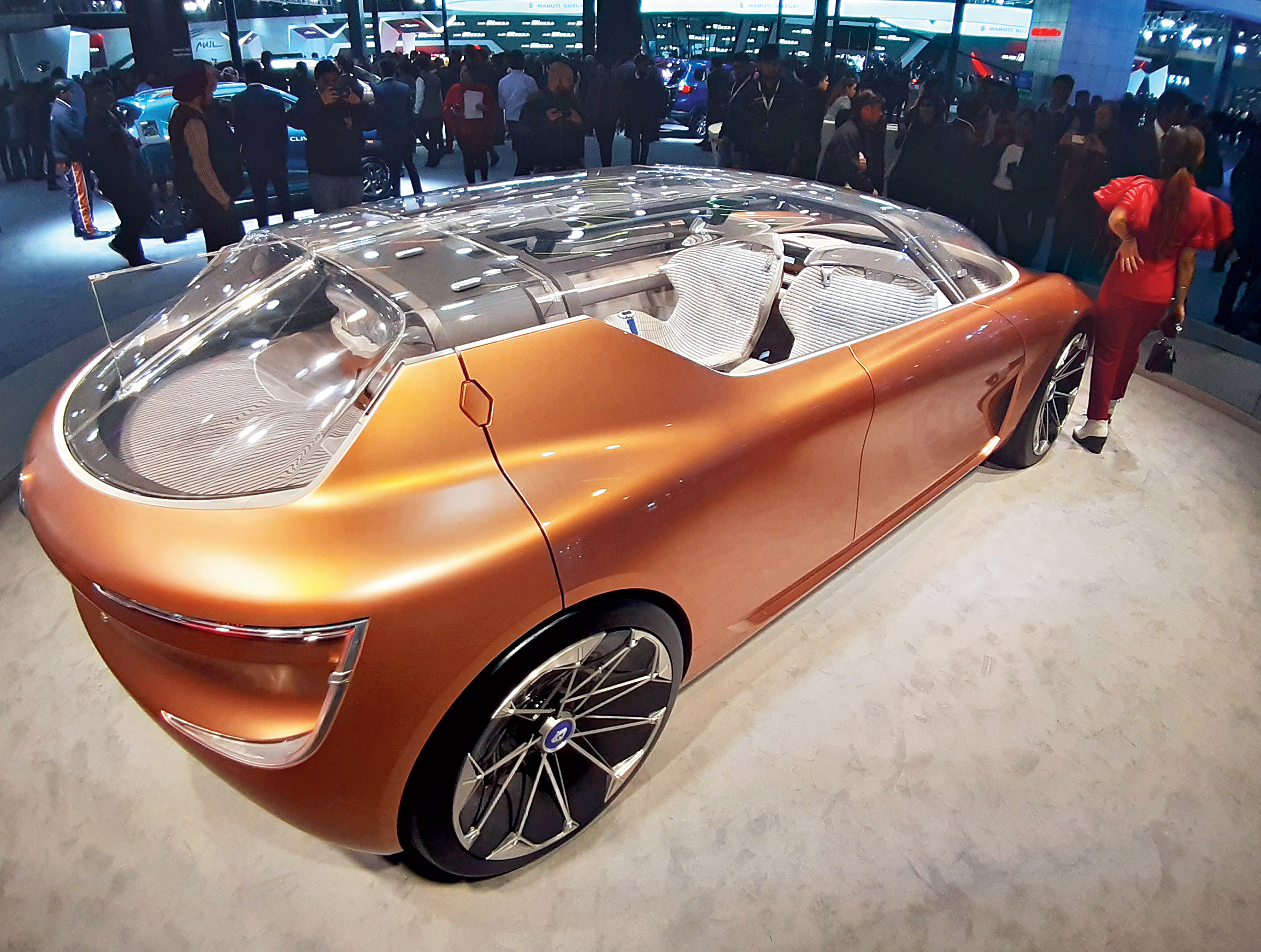
Renault Symbioz
ELECTRIC
It appears that in India we are largely going to experience a transition from internal combustion engines (ICE), that is petrol and diesel power, directly to electric power without going through much of the strong, or plug-in hybrid phase. Currently, there are quite a few models on the road that use mild hybrid systems that essentially help by capturing some energy lost in braking and also help to get the vehicle rolling.
That EVs will be the preferred solution to clear some of the pollution from urban air is clear. Considering that this is a global trend, chances are it will get traction in India as well. The government, too, seems quite keen on EVs and pretty much every car company is looking at that as well. So from the Mercedes-Benz EQC right to Tata’s Altroz EV and the Kia Soul EV and Niro EV and even smaller vehicles, there was battery power everywhere.

MG RC6
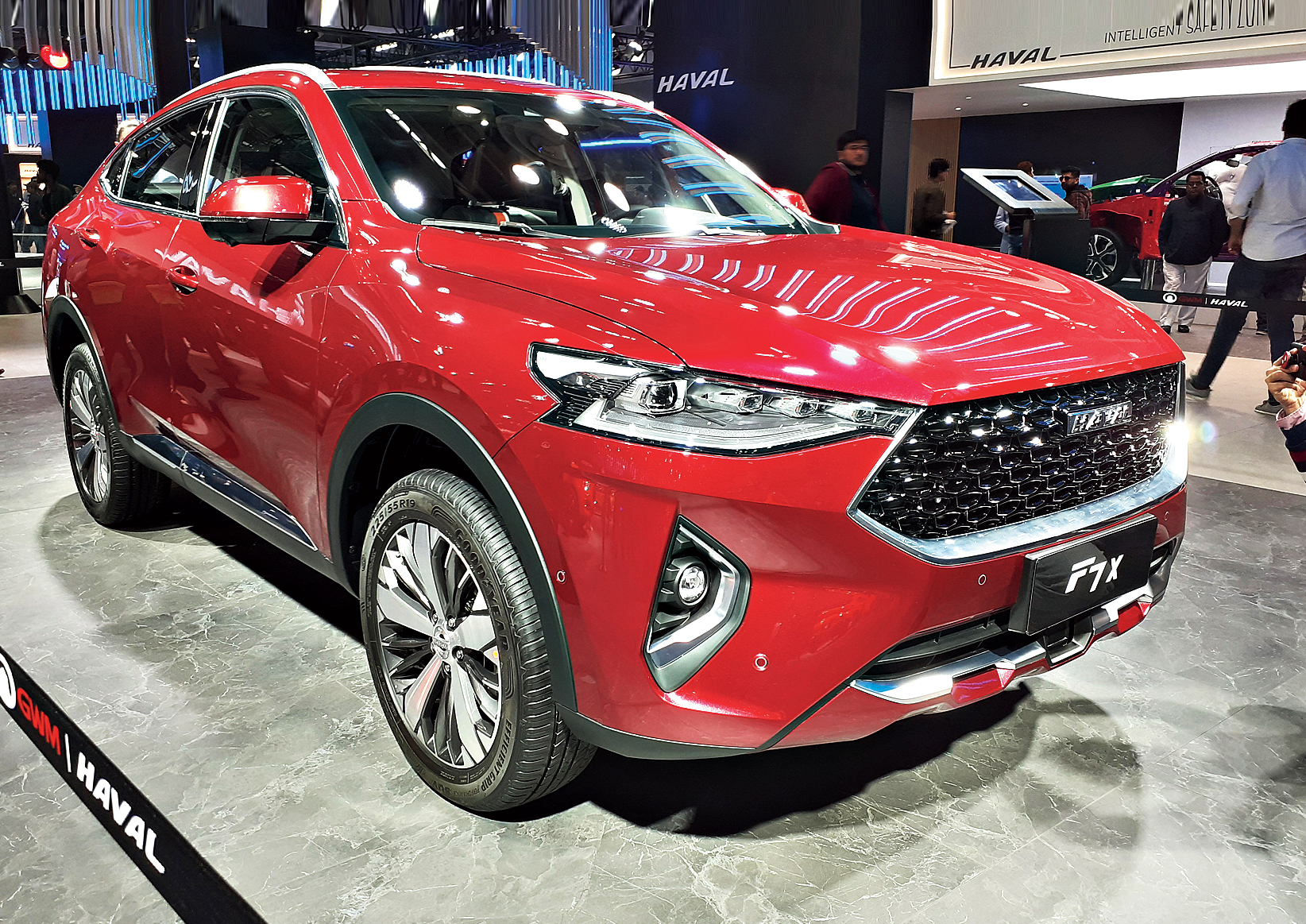
Haval F7x Pictures: Abhijit Mitra
CHINESE
Chinese companies are making a big push for the Indian market and investing substantially in the country. MG, which is owned by SAIC of China, was the first, but now it is being followed by the likes of Great Wall Motors, which is one of the largest auto manufacturers in China, BYD, which has a tie-up with Olectra, FAW, which has tied up with Bird, and so on.
India, which appears to be transitioning gradually from petrol and diesel power to electrics, looks like an attractive destination. It gives Chinese companies an opportunity to leapfrog internal combustion engine technology, in which it was lagging Western car companies, and go directly to electrics, in which it has an advantage as a country that produces the battery, the price of which is a large part of the cost of the car.

